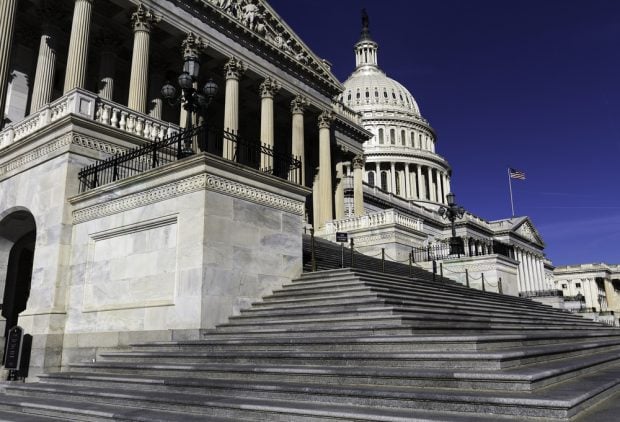The Consumer Financial Protection Bureau should give the publicaccess to more of its meetings and hearings to increasetransparency, including access to Credit Union Advisory Council meetings, according to a newreport released Tuesday by the Bipartisan Policy Center.
|Excluding the public from such events has limited the ability ofboth consumer groups and industry members to participate in thepolicymaking process, the report said.
|“One day after its June 6, 2013 forum—titled, 'Life of aDebt: Data Integrity in Debt Collection'—the CFPB held anostensibly public follow-up meeting. The meeting, however, was openonly to those consumer groups, industry members and governmentofficials who received a personal invitation from the CFPB,” saidthe center's report called, “The Consumer Protection Bureau:Measuring the Progress of a New Agency.”
|“Similarly, on June 5, 2013, the CFPB's Credit Union AdvisoryCouncil held a closed-door meeting via teleconference to discusspayday lending practices and recent revisions to the QM rule,” thereport said. Members of the advisory council have told CreditUnion Times the CFPB has prohibited them from talking to thepress about their meetings.
|The review also criticizes the CFPBfor not publishing notices of its field hearings in the FederalRegister, the official journal of the U.S. federalgovernment.
|The CFPB has mentioned upcoming hearings on its blog, but thepostings often occurred just a few days in advance of a hearing,and often did not contain the level of disclosure typically foundin Federal Register notices from other regulators, theBipartisan Policy Center said. The report also said there have beeninstances where the CFPB did not provide any notice at all ofpublic hearings, specifically a Feb. 22, 2012 hearing on overdraftfees in New York City.
|“Criticism has been expressed about the selective manner inwhich the CFPB releases its regulations and guidance,” the reportalso found.
|Rick Fischer, senior partner at the Washington-based law firmMorrison & Foerster, and Eric Rodriguez, vice president ofresearch, advocacy and legislation at the National Council of LaRaza, also based in Washington, authored the report. The two wrotethat they have “heard of examples of select members of the mediabeing provided copies of final regulations and guidance, on anembargoed basis, well in advance of distribution to consumer groupsand other market participants.”
|The authors argued that “while this practice by itself may notultimately change how consumer groups and covered entities respondto new regulations, it suggests a lack of even-handedness that isinconsistent with the CFPB's stated goal of full transparency.”
|Fischer and Rodriguez are the co-chairs of the Bipartisan PolicyCenter's Financial Regulatory Reform Initiative Consumer ProtectionTask Force.
|The center's Financial Regulatory Reform Initiative met with theCFPB, leading consumer advocates, federal and state bankregulators, and regulated bank and non-bank industry participantsduring the course of their review.
|The CFPB was created under Dodd-Frank Act, which was signed intolaw by President Obama in 2010. Obama nominated Richard Cordray asthe CFPB's first director in July 2011. President Obama installedCordray through a recess appointment in January 2012 and the Senateultimately confirmed him this past July.
Complete your profile to continue reading and get FREE access to CUTimes.com, part of your ALM digital membership.
Your access to unlimited CUTimes.com content isn’t changing.
Once you are an ALM digital member, you’ll receive:
- Critical CUTimes.com information including comprehensive product and service provider listings via the Marketplace Directory, CU Careers, resources from industry leaders, webcasts, and breaking news, analysis and more with our informative Newsletters.
- Exclusive discounts on ALM and CU Times events.
- Access to other award-winning ALM websites including Law.com and GlobeSt.com.
Already have an account? Sign In
© 2024 ALM Global, LLC, All Rights Reserved. Request academic re-use from www.copyright.com. All other uses, submit a request to [email protected]. For more information visit Asset & Logo Licensing.









